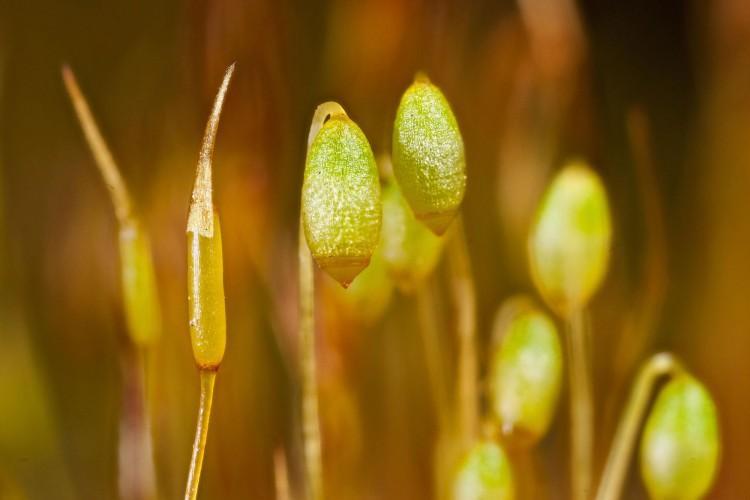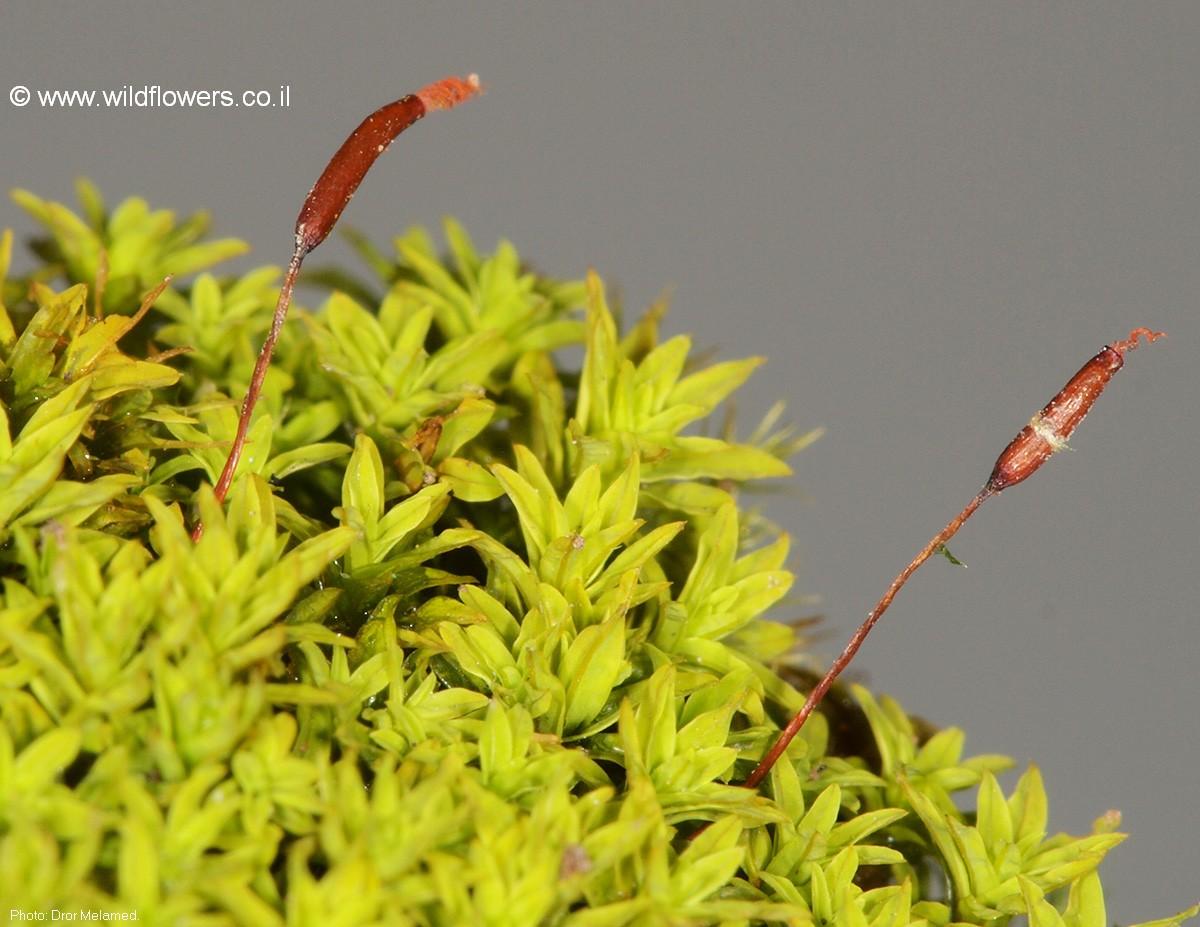
Barbula-unguiculata-14-750×500.jpg from: https://ohiomosslichen.org/moss-barbula-unguiculata/
Introduction
In the vast and captivating world of bryophytes, the Barbula glaucescens Hampe moss stands out as a remarkable member of the Pottiaceae family. Often referred to simply as Barbula, this unassuming yet resilient moss has captured the hearts of enthusiasts worldwide with its unique characteristics and ecological significance.
Background
Before delving into the intricacies of Barbula glaucescens Hampe, it’s essential to understand the broader context of bryophytes. These non-vascular plants, which include mosses, liverworts, and hornworts, are among the oldest land plants on Earth. They play crucial roles in various ecosystems, acting as pioneers in colonizing new environments and contributing to soil formation and water retention.

2390-l-1.jpg from: https://www.wildflowers.co.il/english/picture.asp?ID=13765
Main Content
Morphology and Identification
Barbula glaucescens Hampe is a small, acrocarpous moss that forms dense, cushion-like tufts or mats. Its leaves are lanceolate to ovate-lanceolate, with a distinctive glaucous (bluish-green) hue that gives the moss its name. The leaf margins are often recurved, and the costa (midrib) is prominent, extending to the leaf apex or slightly beyond.
One of the most striking features of Barbula is its twisted peristome teeth, which are hygroscopic and move in response to changes in humidity. This adaptation aids in spore dispersal and is a key identifying characteristic of the genus.
Global Distribution and Habitat
Barbula glaucescens Hampe is widely distributed across various regions, including Europe, Asia, Africa, North America, and parts of South America. It thrives in a range of habitats, from urban areas and disturbed sites to natural environments such as rock outcrops, soil banks, and dry grasslands.
This moss is particularly well-adapted to arid and semi-arid conditions, making it a common sight in areas with low moisture levels. Its ability to withstand desiccation and rapidly rehydrate when water becomes available is a testament to its remarkable resilience.
Ecological Roles and Adaptations
Despite its small size, Barbula glaucescens Hampe plays vital ecological roles in the ecosystems it inhabits. As a pioneer species, it contributes to soil formation and stabilization, paving the way for other plants to establish themselves. Additionally, its dense mats provide microhabitats for various invertebrates and serve as nesting material for some bird species.
One of the most fascinating adaptations of Barbula is its ability to undergo desiccation tolerance. During periods of drought, the moss can enter a state of dormancy, effectively shutting down its metabolic processes until favorable conditions return. This remarkable trait allows it to survive in harsh, arid environments where other plants might struggle.
Case Studies/Examples
In urban areas, Barbula glaucescens Hampe is often found growing on concrete surfaces, walls, and pavements, demonstrating its ability to thrive in human-modified environments. Its presence in these settings highlights its resilience and adaptability, making it a valuable subject for studying the impacts of urbanization on bryophyte communities.
Technical Table
| Characteristic | Description |
|---|---|
| Family | Pottiaceae |
| Genus | Barbula |
| Species | Barbula glaucescens Hampe |
| Growth Form | Acrocarpous, cushion-like tufts or mats |
| Leaf Shape | Lanceolate to ovate-lanceolate |
| Leaf Color | Glaucous (bluish-green) |
| Leaf Margin | Often recurved |
| Costa | Prominent, extending to leaf apex or slightly beyond |
| Peristome | Twisted, hygroscopic teeth |
| Habitat | Urban areas, disturbed sites, rock outcrops, soil banks, dry grasslands |
| Distribution | Widespread across Europe, Asia, Africa, North America, and parts of South America |
| Adaptations | Desiccation tolerance, rapid rehydration |
Conclusion
The Barbula glaucescens Hampe moss, with its unassuming appearance and remarkable resilience, serves as a testament to the incredible diversity and adaptability of bryophytes. From its twisted peristome teeth to its ability to withstand desiccation, this moss continues to captivate enthusiasts and researchers alike. As we delve deeper into the world of bryophytes, what other fascinating adaptations and ecological roles await our discovery?